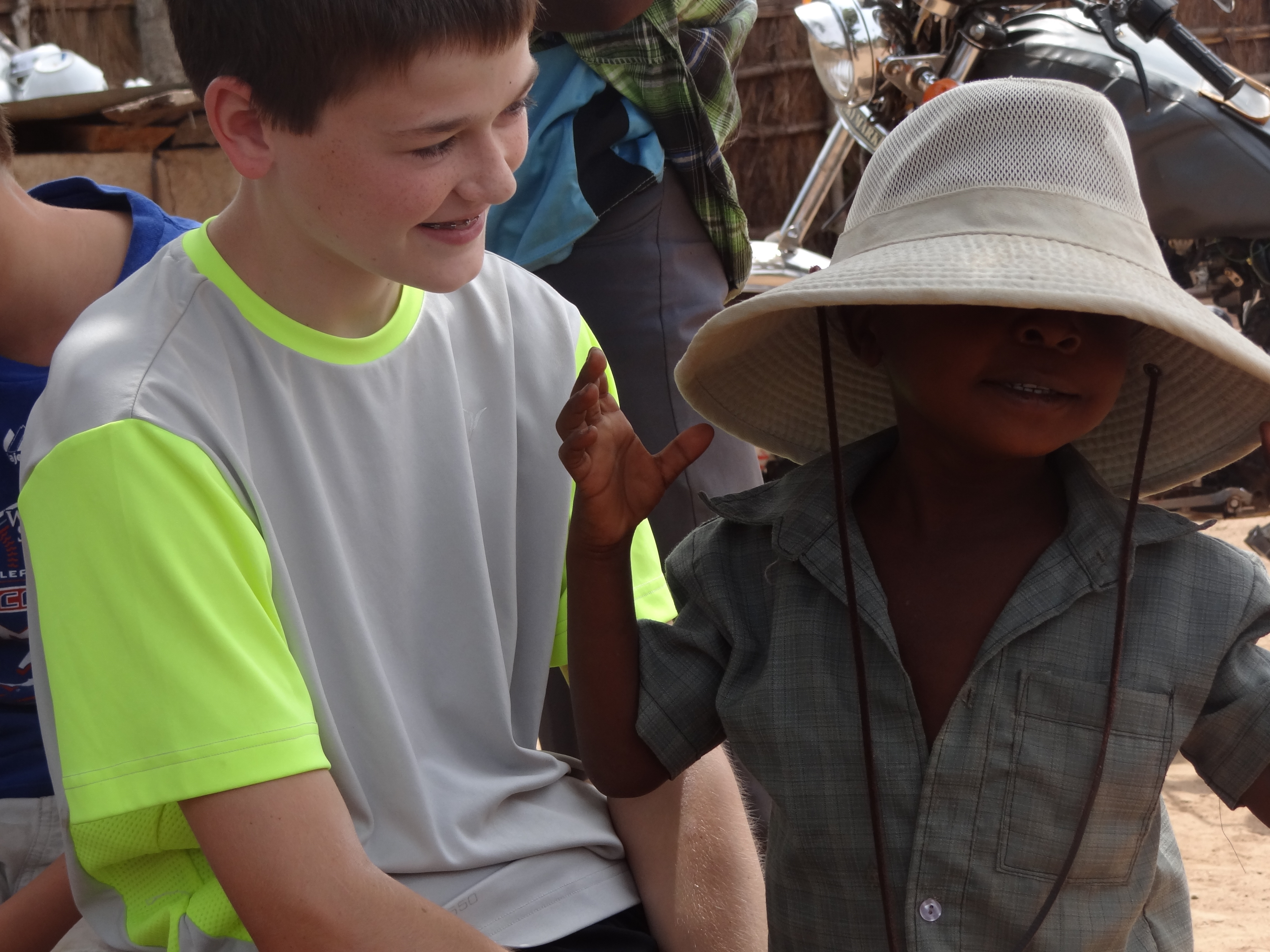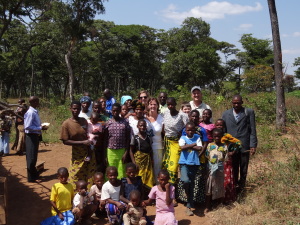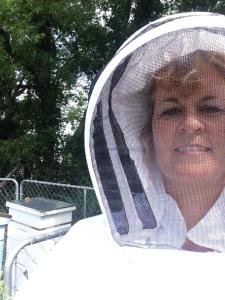
In the Hood
In the spring of 2013, the KKK held a rally in Memphis protesting the renaming of some parks named for Confederate notables. This lingering blight of racism is one of the few things I dislike about where I live, but fortunately I usually only encounter it in small pockets of my state.
Although I heard ugly remarks from my grandparent’s generation, my parents didn’t raise us that way. In South Carolina we lived on a diverse military base, and my sisters would bring friends by the house, some of them black. My brother was maybe 3 or 4 at the time, and he was fascinated by the difference. He toddled over, repeatedly rubbing the arm of one of their friends once, bewildered. “Why he dirty?” he asked my sister, thinking if he just rubbed hard enough the black would come off. The boy thought it was hilarious, despite my sisters’ embarrassment.
I suppose because of this sort of thing, we talked about differences a lot, and I learned early about equality and race. My mother hailed from rural Alabama during the 40’s and 50’s and had formed some firm ideas about how people should be treated. She was ahead of her time on that issue. I often heard her talk passionately about civil rights, feminism, and WWII’s holocaust. People are people, she used to say. She didn’t cotton to some older ways of thinking. As a result, my hackles always rise when I hear an off-color remark, and I can get pretty heated over stereotypes.
Which is why my husband, son, and father-in-law were astounded to see my van parked on the edge of a secret KKK meeting close to our neighborhood. It was the same weekend as the Memphis rally, and the boys had just driven by a wooded area where white-hooded figures were circled in the woods just off the road. Alarmed, Bob turned his truck around, ready to come rescue me because he just knew I’d gone storming into their midst with righteous indignation, and he imagined my horrible fate. Just as they were about to pull into the field, it dawned on him. That morning I was attending a beekeeping class, and we had gone into the field to get some hands-on hive experience. Beekeepers wear white suits and white hats with veils. We were circled around a hive, watching our instructor install a new queen into a hive in the woods. I wasn’t even aware the heroic trio had been there until I walked into the house after the class and they burst out laughing, relaying their mistake.
There’s a great chapter on race in Bronson & Merryman’s book Nurture Shock (2009) that surprised me. White parents tend to think that by not pointing out differences and making general statements like “everybody’s equal,” or “God made everyone” we are raising color blind children. Young children have an innate developmental need to categorize everything to make sense of the world. If you haven’t specifically pointed out differences and explained them, they will create their own divisions–“those like me” and “those not like me.” Think about how we talk about gender (mommies can be doctors and firefighters just like daddies), but we are often silent about race unless we are forced into it by explaining an international adoption or interracial marriage. To a child, our silence on the matter leaves them to identify with (and prefer) those most like him. What this means is that racism is not necessarily taught. It’s an inference that’s made from an early age (way before 3rd grade) because no one mentioned and corrected it.
In minority families, race is discussed more, but it’s often in the context of preparing a child to face discrimination. Sadly, some of this talk is still necessary in our culture. But too much of it tends to be as negative as actual experiences of discrimination. Instead of connecting their success to effort, children who hear this sort of thing frequently tend to blame their failures on others because they see others as biased against them.
A few years ago, we spent some time with friends in Tanzania, Africa. It was a disorienting reversal of culture, as we became the racial minority. We were pointed at in the market, people saying, “Mzungu!” (Swahili for “white person”). Small children were often afraid of us. They’d never seen a white person before and thought we were ghosts. In these areas, children born with albinism (pale or white skin) were often attacked, their limbs severed for witch-doctor practices. This was fear of the “other” at its most basic level.
We were most definitely “not like them.” At least on the surface. Once the children saw their images on an iPhone camera, their curiosity overcame fear. It was pure joy watching my son and a small boy interact, swapping hats and laughing at each other in the shared language of play. People in the village wondered at our skin, our different hair, and especially the braces on my son’s teeth. Once I sat on the dirt floor of the hut with the other women, sifting rocks out of the rice that was to be our lunch, color became irrelevant as we all shared the communal work of women the world over–feeding our families and watching over the children–not so different after all.
Another village invited us to share in a worship service in their community church. Although the entire thing was conducted in Swahili and Sukuma, we followed along easily with the spirited singing and prayers. Red and yellow, black and white, they are precious in His sight, Jesus loves the little children of the world. The simple children’s song echoed in my head with the beauty of our fellowship.
Not so different after all.
I find all the research about race fascinating, especially in light of the racially charged controversy between police and minority communities that’s played out all over the media in the past year. Obviously a remote village in Africa is not equivalent to the streets of American cities. Even so, if we took the time to see each other with different eyes, to recognize our common humanity, surely we would walk a few steps further towards one another and away from our fearful “not like me” instincts.
You don’t need to travel across the globe to teach your children that people are people. Certainly a key way to make a difference and affect change is to start talking–early and specifically–to our young children. They need to know that we are aware of differences and that it’s okay to talk about them. Just like gender, it’s only surface stuff. Underneath, we all want the same things and have the same feelings.
Not every hooded person is sinister.


